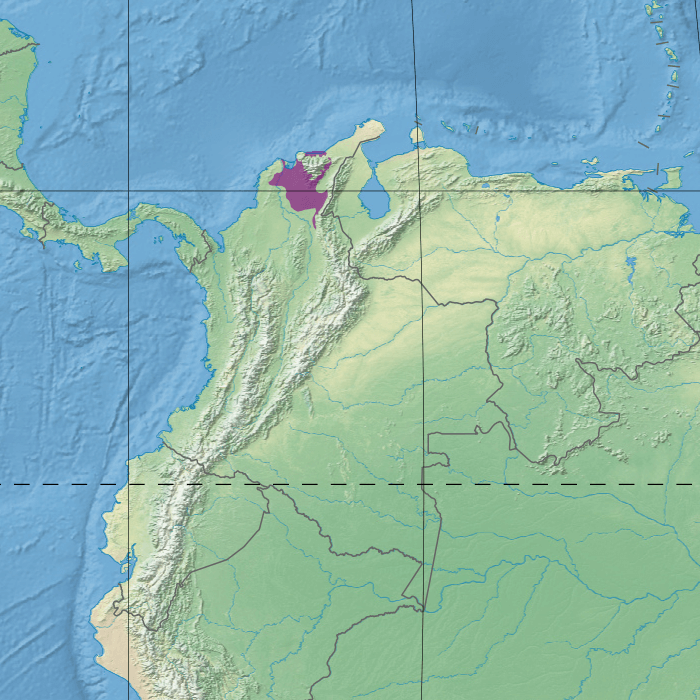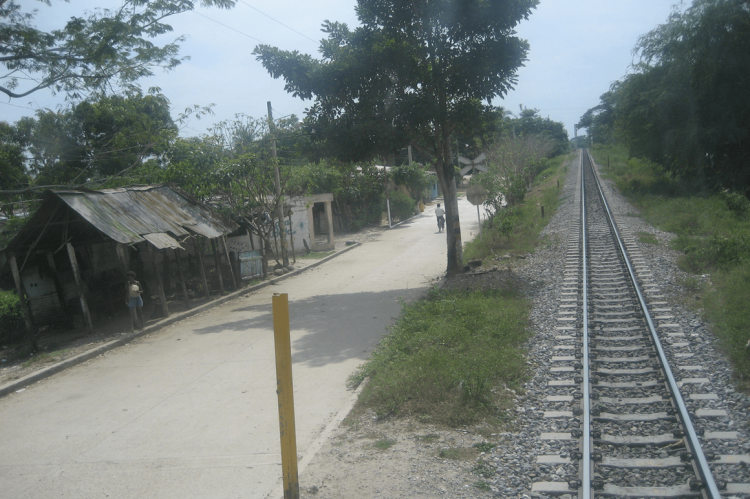The Sinú Valley Dry Forests: A Biodiversity Oasis in Northern Colombia
Nestled within the northwestern Colombian Andes lies the Sinú Valley dry forests ecoregion. Situated as a bridge between the Chocó-Darién moist forests and the Magdalena Valley montane forests, this unique ecosystem serves as a genetic corridor and a contact zone for diverse flora and fauna.
The Sinú Valley Dry Forests: A Biodiversity Oasis in Northern Colombia
Nestled within the northwestern reaches of the Colombian Andes lies the Sinú Valley dry forests ecoregion, a true marvel of biodiversity. Situated as a bridge between the Chocó-Darién moist forests and the Magdalena Valley montane forests, this unique ecosystem serves as a genetic corridor and a contact zone for diverse flora and fauna. From the lush mangroves at sea level to the towering peaks of the Paramillo, the Sinú Valley is a tapestry of interconnected habitats that showcases the incredible richness of Colombia's natural heritage.
Geographical and Environmental Diversity
The Sinú Valley's remarkable biodiversity is a testament to its diverse and dynamic geography. The ecoregion spans a wide altitudinal gradient, ranging from the upper reaches of the Paramillo at 3,960 meters (12,992 feet) to the low-lying alluvial valley at 200 meters (656 feet) and the coastal mangroves at sea level. This remarkable range of elevations, combined with the seasonal climate and the annual flooding of the Sinú River, has given rise to a mosaic of distinct ecosystems and forest types within a relatively small geographic area.
Seasonal Dynamics and Fertile Soils
The Sinú Valley experiences a highly seasonal climate, with a pronounced dry period from January to March and a rainy season from April to December, punctuated by a brief dry spell around June. This seasonal pattern, coupled with the nutrient-rich soils replenished by the Sinú River's annual floods, has contributed to developing a lush and endemic flora that thrives within the dry forest ecosystem.
Biodiversity Hotspot: A Crossroads for Flora and Fauna
The Sinú Valley dry forests are a true biodiversity hotspot, serving as a crossroads for the flora and fauna of the Americas. Situated between the Chocó-Darién moist forests and the Magdalena Valley montane forests, the ecoregion acts as a genetic corridor and a contact zone for diverse species. The region's wetlands, including lagoons, marshes, swamps, and mangroves, provide vital habitat for migratory birds of prey, waterfowl, and songbirds, which use the Sinú Valley as a wintering ground during the northern hemisphere's colder months.
The dry forest patches within the ecoregion also harbor a rich assemblage of resident species, such as savanna deer, pumas, crab-eating raccoons, and jaguarundis. However, the extent of the Sinú Valley's biodiversity is not yet fully known, as it remains one of Colombia's least biologically documented ecoregions.
Human Presence and Landscape Transformation
Human activities have significantly transformed the Sinú Valley's natural landscapes over the centuries. Today, the region is predominantly covered by grasslands used for cattle ranching, with introduced species like Brachiaria spp. and native grasses such as Andropogon spp. Commercial agriculture has also become prominent, with crops like cotton, soybean, rice, papaya, and watermelon cultivated throughout the valley.
While these human activities have undoubtedly impacted the ecoregion's original ecosystems, the Sinú Valley's remarkable biodiversity and endemism continue to be recognized as a testament to its ecological resilience and the importance of preserving its remaining natural habitats.
Conservation Efforts and Future Challenges
The Sinú Valley dry forests ecoregion's exceptional biodiversity and ecological significance have not gone unnoticed. Ongoing efforts by local and national conservation organizations aim to protect and restore the region's natural ecosystems, ensuring that this crucial genetic corridor and contact zone between the Americas' diverse flora and fauna can continue to thrive.
However, the Sinú Valley faces numerous challenges, including the ongoing expansion of agriculture and livestock farming and the potential impacts of climate change. Balancing human development needs with preserving the ecoregion's invaluable biodiversity will be a critical task for the years to come, requiring the collaboration of communities, policymakers, and conservation advocates.
Conclusion: A Beacon of Biodiversity in Northern Colombia
The Sinú Valley dry forests ecoregion stands as a remarkable testament to the natural wonders of northern Colombia. As a crossroads for the flora and fauna of the Americas, this dynamic and diverse ecosystem is a biodiversity hotspot that continues to captivate and inspire. Through ongoing conservation efforts and a commitment to sustainable development, the Sinú Valley can remain a beacon of hope, showcasing the enduring resilience of Colombia's natural heritage and the importance of protecting these invaluable ecological treasures for generations to come.

Map depicting the location of the Sinú Valley dry forests (in purple).
